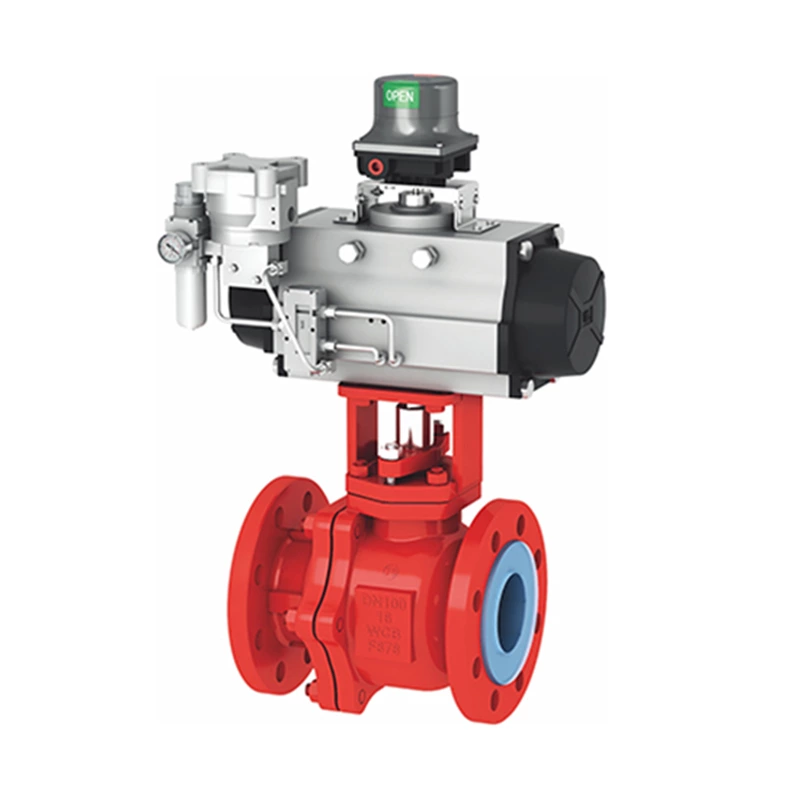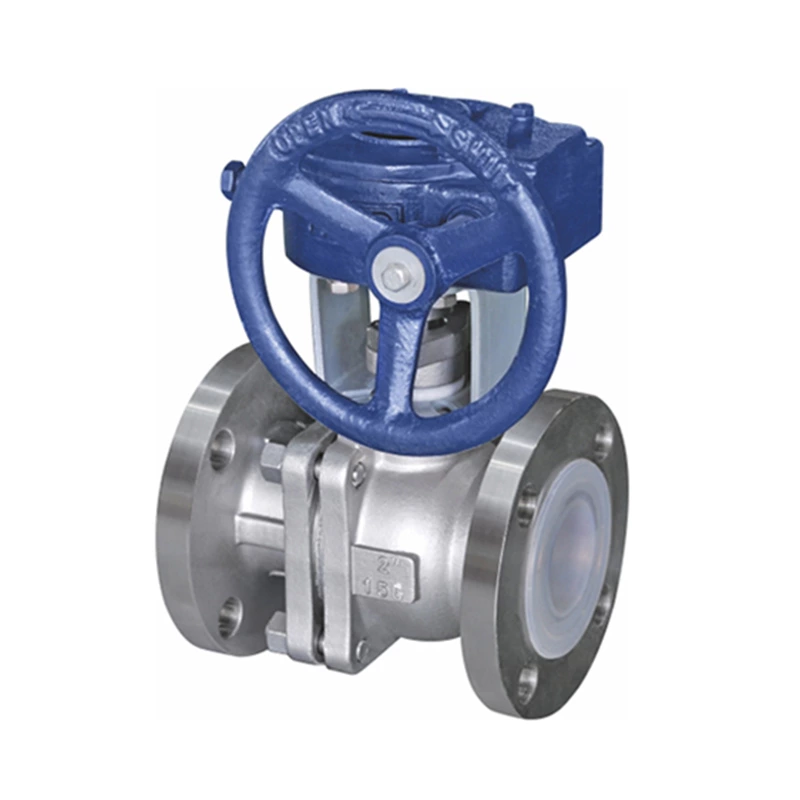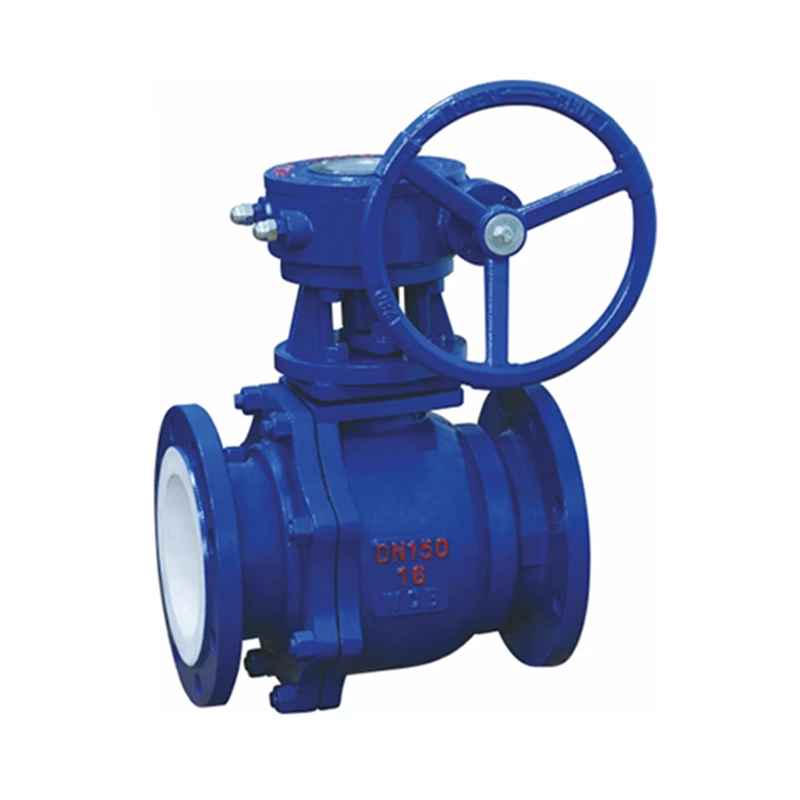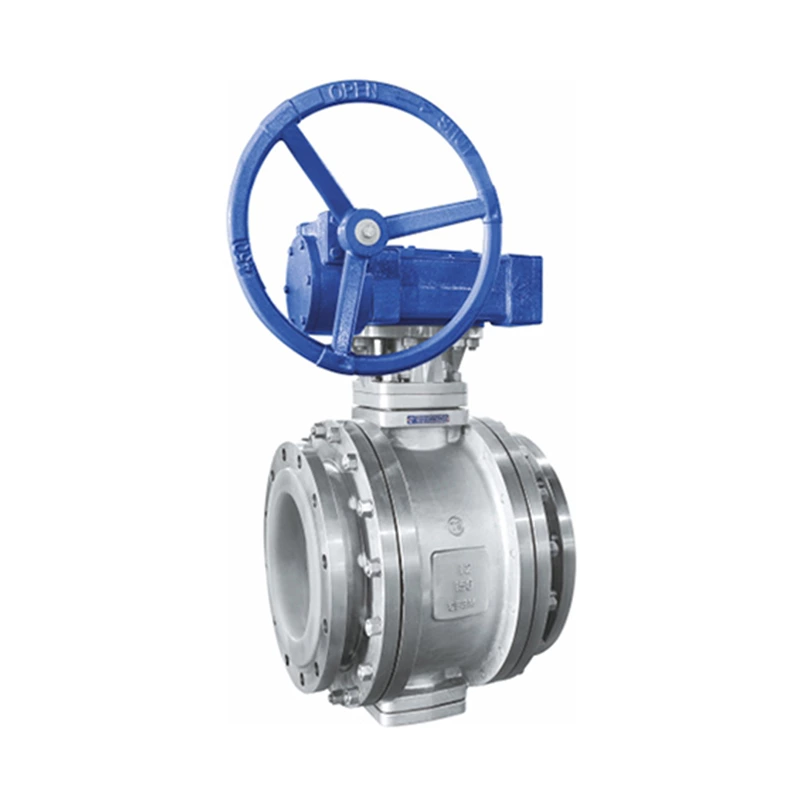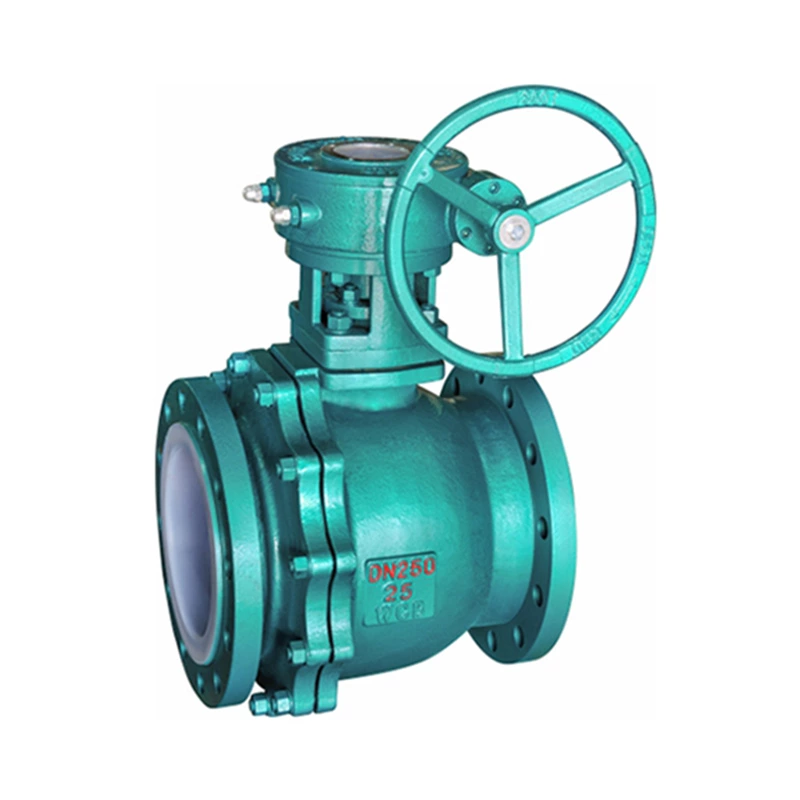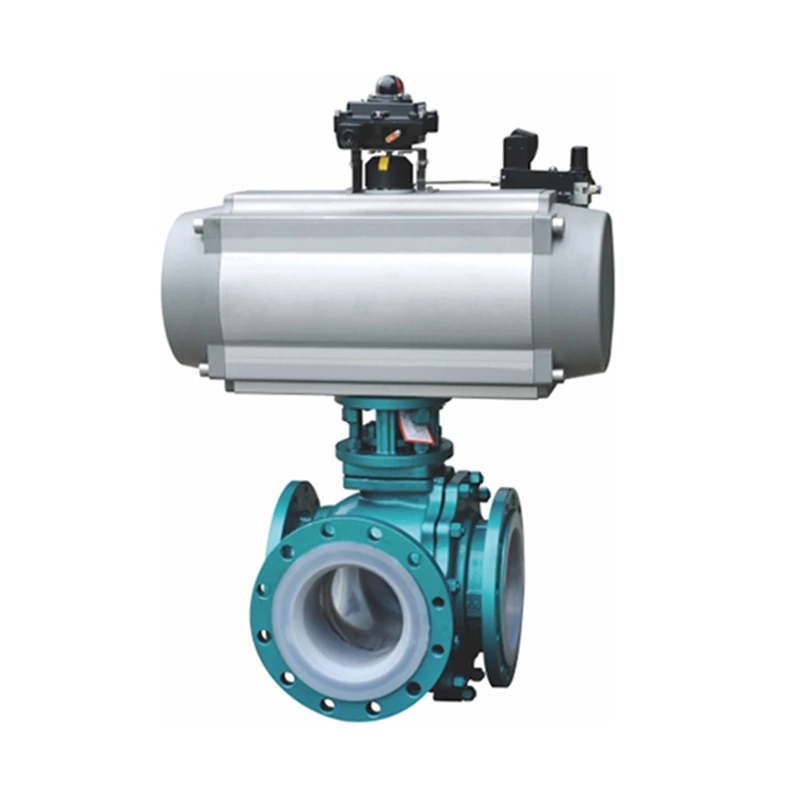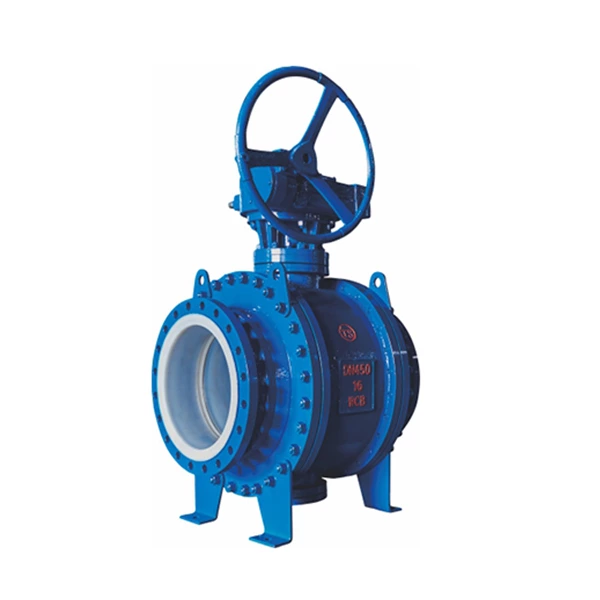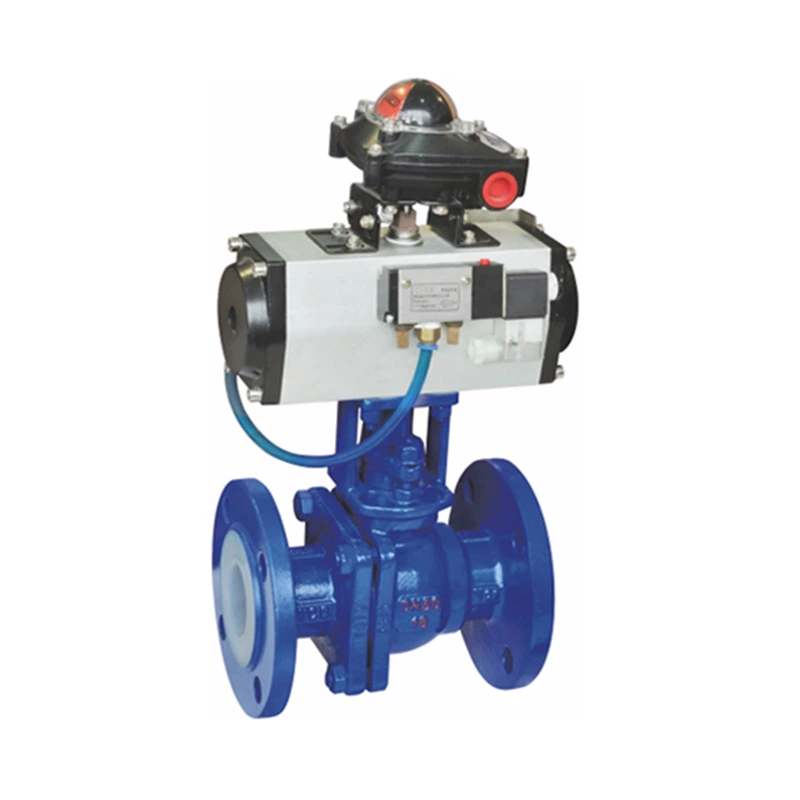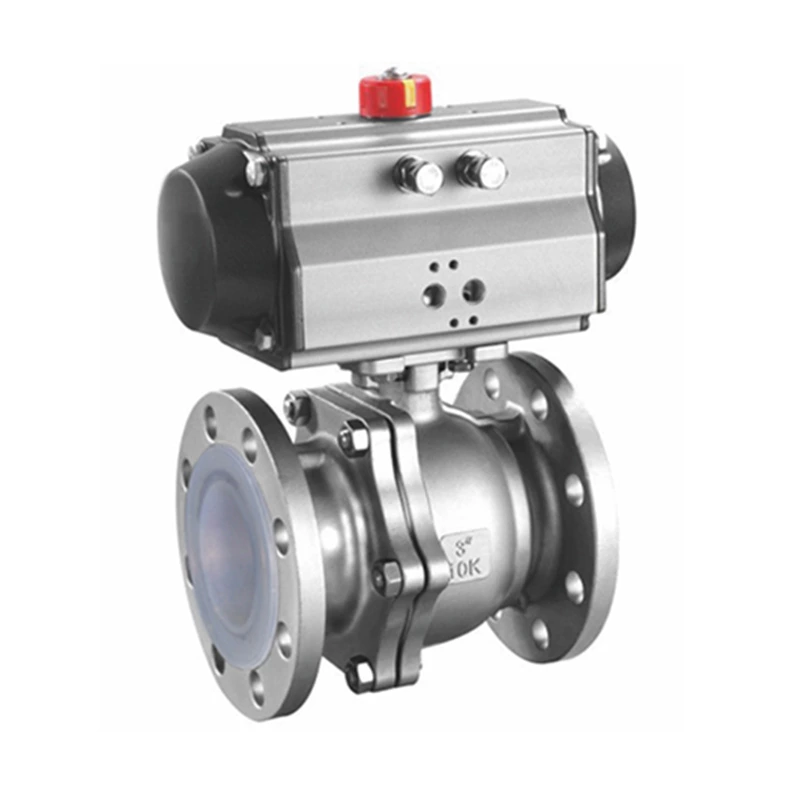Introduction To Valve Seal Design
Lined Valve The function of the upper seal is to prevent the medium in the pipeline from leaking from the packing part to the outside. It is necessary in gate valves and stop valves. The valve will only work when it is fully opened. Valve upper seal test method: First, perform the shell strength test at 1.5 times the nominal pressure, then reduce the pressure to 1.1 times the nominal pressure, then fully open the valve, and loosen the compression nut on the packing gland to observe whether the test medium leaks from the packing part. No leakage proves that the upper seal of the valve is good.
The sealing performance of the upper seal of the valve is an important technical indicator to measure the quality of the valve. The national valve standard has formulated relevant regulations on the technical requirements for the upper seal of steel gate valves and steel stop valves. The sealing effect of the upper seal of steel gate valves and stop valves is related to the material, processing equipment, tooling manufacturing, heat treatment, processing technology, shape and position tolerance and processing accuracy of parts of the valve. If a certain technology does not meet the design requirements, it will directly affect the effect of the upper seal. According to the provisions of relevant standards, the upper seal of the valve should have a conical or spherical sealing structure. However, the conical or spherical sealing structure has certain disadvantages compared with the flat sealing structure, such as friction on the sealing surface, difficult maintenance, high processing difficulty, and increased production costs. As a result, the production cost has risen and the product lacks competitiveness. At the same time, the upper sealing performance of the valve is also difficult to meet the standard technical requirements, and the upper seal often fails after several sealing performance tests.
In view of the problems existing in the conical and spherical upper sealing surfaces and the performance analysis based on the actual working conditions of the valve, the principle of the flat sealing of the stop valve disc is adopted in the design of the valve upper seal, and the original conical upper sealing surface of the valve stem and the valve cover is improved to a flat contact mode. The flat contact seal between the valve stem and the valve cover is generally not affected by the equipment accuracy, tooling accuracy and the shape and position tolerance of the matching parts. It has a simple structure and is easy to process. After the sealing part of the valve cover is surfacing, it only needs to be fine-turned to meet the design requirements. After the valve stem is fine-machined, the valve stem head is heated to the quenching temperature, air-cooled to room temperature, and the sealing plane is fine-turned before assembly. The first pass rate of the valve sealing test can reach 100%, and its service life can also be the same as the number of valve opening and closing times, and it is also relatively convenient to maintain.
For stainless steel valves, since the valve stem and valve cover are generally made of the same austenite material, the two tend to stick after being pressed into contact, and the valve cover should not use the cone upper sealing form as much as possible. A sealing hole can be machined at the lower part of the packing hole of the valve cover, and the cone surface on the valve stem and the polytetrafluoroethylene cone sealing gasket are used as the sealing pair. Such a structure is very suitable for use in pipelines with corrosive media.
When opening the valve, the opening and closing parts should move in place so that the upper seal can play its due function. However, it is worth noting that the force should be light and moderate, not too large or too fast, so as not to scratch the sealing surface, extend the service life of the valve seal, and eliminate the harm caused by valve leakage. Practice has proved that the flat design of the upper seal of the valve has relatively lower requirements for mechanical processing equipment and process equipment compared with the conical seal. Whether it is a small-scale operation or batch production, it can reduce production costs and improve work efficiency, which is of positive significance to stabilizing product quality and ensuring the safe operation of supporting facilities.
